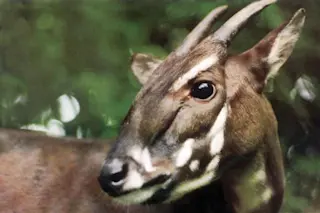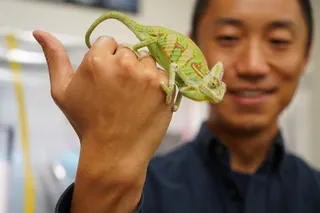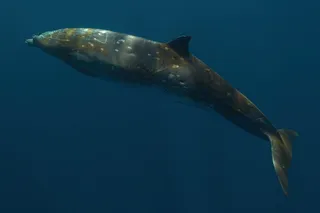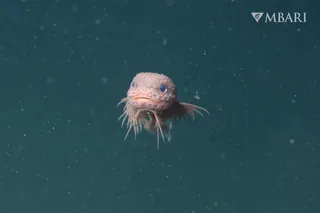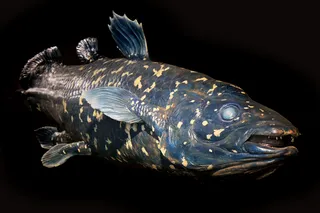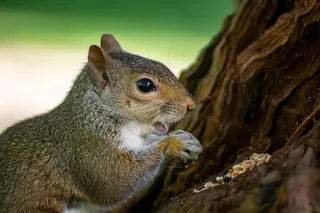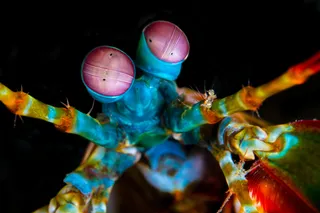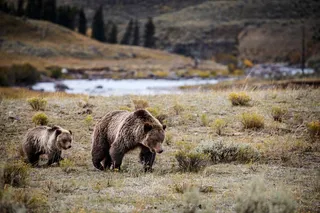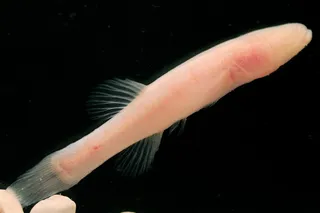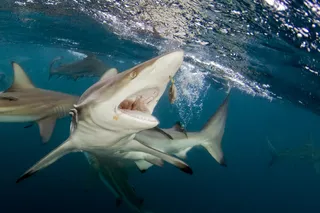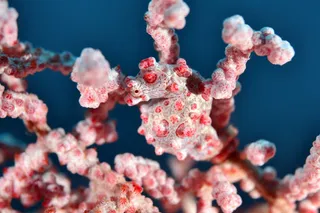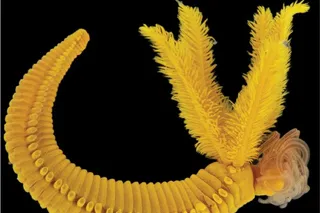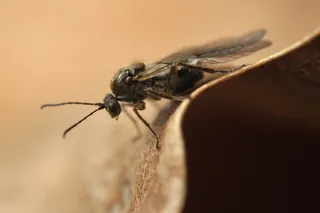From the snow leopard to the pangolin, there are many animals that evade human contact. These elusive animals move secretly and silently through hard-to-reach habitats and are often at risk of endangerment. One of these animals, known as the Asian unicorn, is now one step closer to being found by humans – and in this case, that’s a good thing.
The saola is commonly referred to as the Asian unicorn because of its mythic existence. Scientists first became aware of it as late as 1992, making it the most recently discovered large land mammal. Even after discovery, it remained elusive and hasn’t been seen in the wild in over ten years.
“Right now, the existence of live saolas can neither be proven nor disproven. The last evidence we have was from 2013, when one was captured on a camera trap. But given the remoteness of its habitat, it is extremely ...



